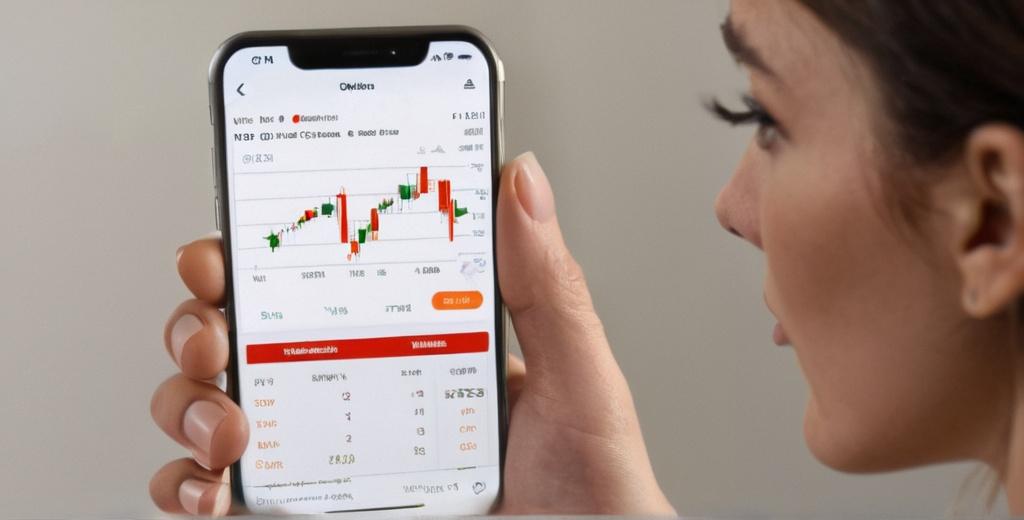Key Take Aways About Automated Binary Options Trading
- Automated binary options trading uses algorithms to predict asset price movements.
- Automation eliminates emotional decisions but requires human oversight and regular updates.
- Choose user-friendly software with customization options based on risk preference.
- Backtesting with historical data is crucial to validate algorithm performance.
- Be aware of fees that may affect profitability.
- Start with a demo account to practice before live trading.
- Continuous customization and optimization are necessary for success.
- Automated trading requires vigilance, understanding, and adaptability.

Understanding Automated Binary Options Trading
Binary options trading, while a fancy term, is essentially making a bet on whether the price of an asset will go up or down in a given time frame. Unlike the typical stock market where you buy and hold, here you’re playing a game of predictions. Automated binary options trading takes it one step further by letting algorithms do the heavy lifting. So you’re not just relying on your instincts or gut feelings; instead, you’re trusting in a system designed to analyze data and make decisions according to a set of rules.
The Appeal of Automation in Trading
Automated trading can be a game-changer for those dipping their toes in binary options. The software operates based on pre-defined parameters, so it doesn’t get distracted by emotions. Where a human might panic and sell at a loss, these systems stick to the script. This can be a double-edged sword, though. While they can make decisions faster than you could blink, they aren’t perfect. Human oversight is essential to ensure the algorithms work correctly and are updated to match current market conditions.
Popular Software for Automated Trading
Several software platforms have gained traction in the automated trading space. These aren’t magic wands, but they can make trading a lot smoother. Some programs offer a user-friendly interface, so even if technical jargon baffles you, you’re good to go. Most platforms allow customization, meaning you can tweak settings based on your risk tolerance and investment goals.
Risks Involved with Automated Trading
No matter how snazzy the software is, risk is always part and parcel of trading. Automated trading doesn’t guarantee profits, and there’s always a chance of losing money. It’s smart to set stop-loss limits to curtail losses. And never pour all your money into one trade – diversification is key. You have to remember that markets can be unpredictable; no automated system can predict with absolute certainty.
Importance of Backtesting
Backtesting is a process worth its weight in gold. Before letting a bot loose with your money, use historical data to test how it would have fared in past markets. This won’t predict the future, but it gives a yardstick for how the algorithms perform. It adds a layer of confidence—or a wake-up call that further adjustments are needed.
Fees and Charges: What to Expect?
Keep your eyes peeled for fees that can eat into your profits. Some platforms charge a flat fee, while others take a percentage of your earnings. A few might even have hidden charges tucked away in the fine print. So, before you sign up, it’s wise to know what you’re getting into money-wise.
Getting Started with Automated Trading
If your curiosity is piqued and you’re ready to step into the arena, start by selecting a reputable platform. Sign up and, if you’re a newbie, most platforms offer demo accounts. These let you practice trading without risking a dime. Take the time to get comfortable with the software before jumping into live trading.
Customization and Optimization
Customization options allow you to tailor the software to fit your unique trading strategies. Whether you’re conservative or aggressive, there’s a setting for you. Optimization isn’t a one-and-done deal. Market conditions change, and so should your strategies. Regular adjustments ensure your system remains efficient.
Real-Life Use Cases and Personal Stories
One trader shared how they initially lost money due to neglecting the software’s settings. After tweaking and regular monitoring, it became a profitable venture. These stories are not just tales but learning experiences highlighting the importance of vigilance even with automated systems.
Final Thoughts
Automated binary options trading isn’t a get-rich-quick scheme. It requires understanding, vigilance, and sometimes a bit of luck. It’s like setting a ship on autopilot; it’s only as good as its settings and oversight. As long as you keep your eyes open and stay informed, it can be a useful tool in the trader’s toolbox.